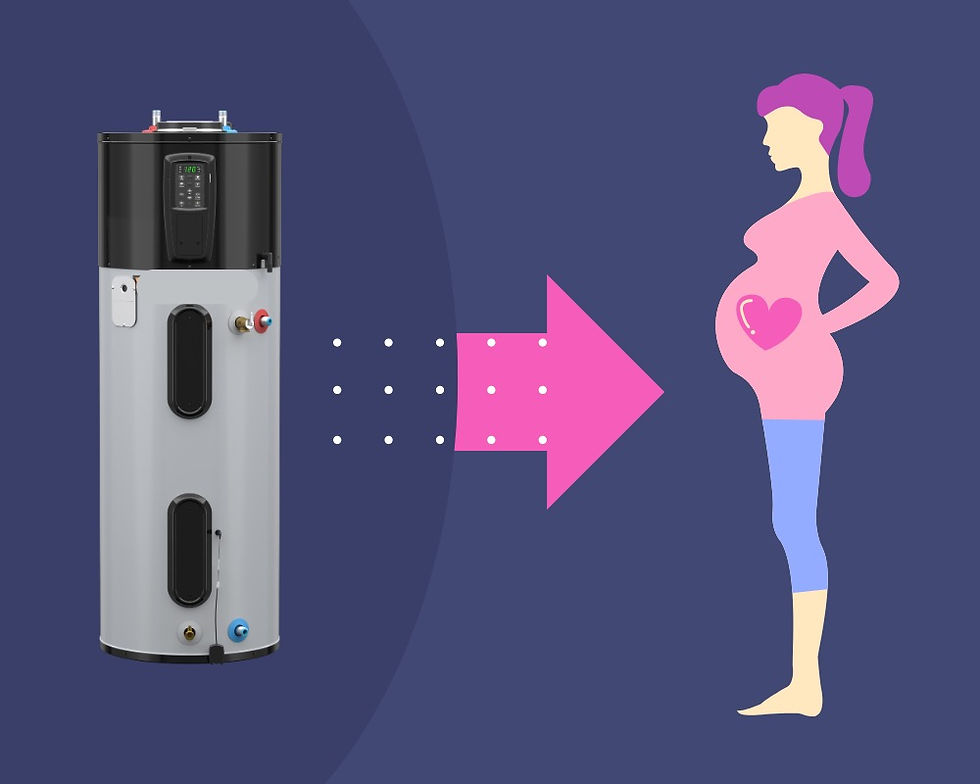Fuel Cell EVs - Realistic Alternatives Or Pipe Dream?
- Joel Bartlett
- Feb 27, 2021
- 3 min read
Dear GreenTown Los Altos,
I’d love to lower my carbon footprint and drive an EV when I need to use a car. But, there’s no way that I can charge a battery EV at my apartment garage. So, I’m thinking about a fuel-cell EV instead. Will it get me where I want to go?
Signed - Wanna B. Green
Fuel Cell EVs Are Clean Cars
Fuel cell electric vehicles (FCEVs) have been touted as an important type of clean-air vehicle for decades. The California Air Resources Board (CARB) has strongly promoted them by investments in hydrogen infrastructure and by providing clean air credits for FCEV research and production vehicles.
FCEVs are able to refuel in less than five minutes and have a range of over 300 miles. They could offer an ownership experience similar to that of the gasoline powered car. When compared to early EVs with lead-acid batteries and limited range, they seemed vastly superior. However, against today’s EVs, the only advantage that they have is that they are somewhat quicker to refuel.
The most important question to answer when buying any EV is “where will I fuel it?” Unlike battery electric vehicles (BEVs) there’s no way to fuel it home, so you must use one of the 42 public hydrogen stations available in California. In Santa Clara county, they are five, located in Palo Alto, Mountain View, San Jose, Saratoga, and Campbell.
So right away, you may have to include travel time to another city as part of the fueling overhead.
Having successfully fueled, time for a road trip. Heading south, on 101 the next station is in Santa Barbara, or on 5 there’s one in Coalinga. After these two, there are twenty-one stations in the greater Los Angeles area and one in San Diego. Heading north on 101, the northern most station is in Mill Valley. Finally, headed east on 80, there are three in Sacramento and one in Truckee.
So, you can go to the zoo in San Diego, gamble in Reno, but no shows in Las Vegas or Ashland.
What About Hydrogen?
Now let’s turn to the hydrogen supply. Twenty years ago, we were only looking at the urban emissions when the car was driven. So turning hydrogen and oxygen into electricity and water looked perfect. Now, we’re looking at all greenhouse gases emitted in hydrogen production too. For the most part, hydrogen is produced today by reforming natural gas. Not only does this have CO2 output, but there’s also methane release during gas extraction. While California has the goal of making all hydrogen for transportation green, that goal is almost a decade away and there is no plan or money to get there.
So when will we get more stations? In 2004, Arnold Schwarzenegger filled his hydrogen fueled Hummer at the first station in Los Angeles, and announced plans to build 100. Current optimistic plans are to get 60 by 2021 and 200 by 2025. At the present time, the state of California has paid most of the costs for the public hydrogen stations and will continue to do so. At 200 stations, CARB believe’s “the pump will be primed” and private interests will build additional stations.
And then, what about distribution? In order for hydrogen to be widely used in transportation, we will need a distribution network similar to that used for electricity, natural gas, or gasoline. This will only be created if there is a huge demand.
To conclude, I’m not a fan. Without CARB subsidizing the hydrogen infrastructure and rewarding auto manufacturers for FC research and vehicle production, it’s not clear that passenger car FCEVs would exist.
Fun facts:
256,800 EV registrations in California
~8,000 FCEV registrations in California
For more detail from FECV fans:
CARB’s annual fuel cell report is here.
A rose-colored view of FCEVs can be found in a report from the California Fuel Cell Partnership here. :




Comments